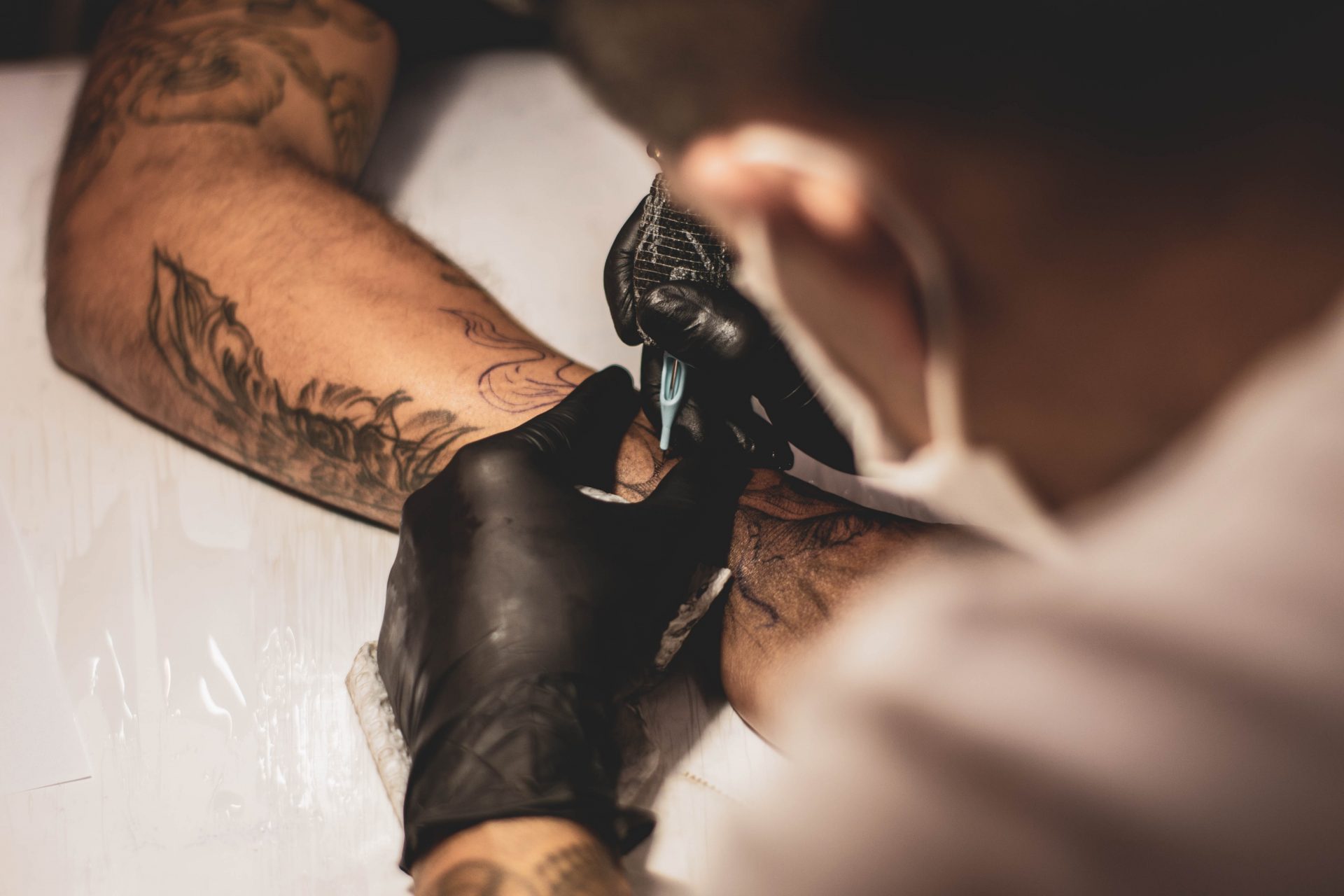Covering An Unwanted Tattoo: What You Need To Know About Tattoo Removal

Are you fed up with seeing that lower back tattoo or ‘no regrets’ stamped across your arm? Tattoo removal is becoming increasingly popular as a safe and effective way to remove tattoos.
Your chosen clinic should conduct a consultation and patch test to assess the depth and size of your tattoo to see if you are suitable and give a treatment plan for removal. On average, eight treatments are required with 8-week intervals to allow enough time for the area to heal and time for the ink to eliminate from the body. If you are looking to have a cover-up for then, you may need fewer treatments; laser tattoo removal would help fade the tattoo to a pleasing shade so your tattoo artist can go over the old tattoo with a new design.
Essentially, you would need to wait 3 months before getting the cover-up to allow enough time for the area to heal and ink to eliminate from the body entirely. If you have a new tattoo you want to remove, and you would also need to wait three months before starting your laser tattoo removal.
Here are the key points you need to know before starting Laser Tattoo Removal treatment:
1) Laser technology
There are multiple methods to remove unwanted tattoos from old laser tattoo removal machines and surgical procedures, often leaving your skin damaged. Laser tattoo removal is the safest option to go for. The latest technology on the market is PicoWay and PicoSure. The Q-Switch is less powerful than pico technology but can be effective for removing black ink for darker skin types.
2) No foreign objects
You will be asked to ensure there is no sun exposure, fake tan, creams, or fragrances on the area before your treatment.
3) Ink colours
Most coloured inks can be removed with laser tattoo removal with pico lasers. The PicoWay technology can target red and yellow inks on fair skin types and black in on all skin types. On the other hand, PicoSure technology can target blue, greens, purples, reds, and blacks on fair skin types. Pastel and white inks can be harder to target as the lasers sometimes cannot pick up these colours from the skin.
4) The pain
Everyone’s pain threshold will vary and be dependent on the size and depth of the tattoo. It is essential to choose a qualified practitioner to perform the treatment with advanced technology. During your treatment, the practitioner should be able to help you manage the pain by recommending a numbing cream or with an integrated cool air system.
5) Aftercare
Post-treatment, your practitioner will advise what to do and avoid following the treatment. A few key things are to keep the area clean 48 hours post-treatment and avoid and friction on the area. Following all the aftercare instructions means you will have less chance of scarring and the best results.
When you have your consultation, your practitioner should be able to cover all of these points with you and do a patch test to ensure the treatment is safe and effective for your skin.